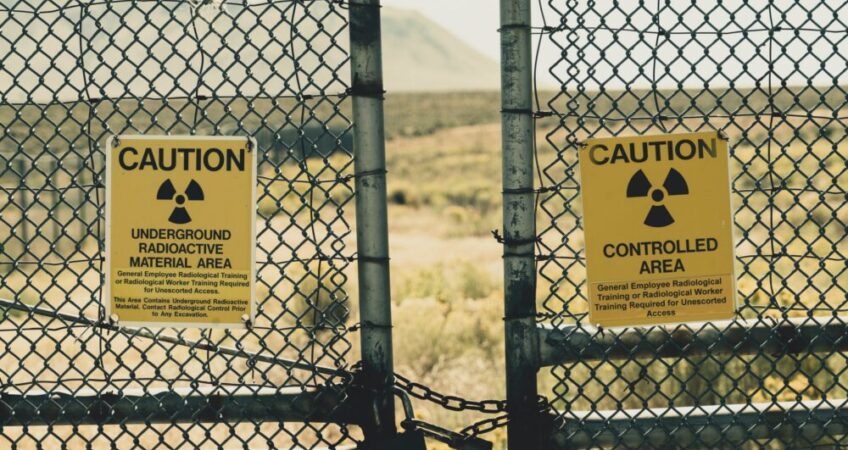WHMIS (Workplace Hazardous Materials Information System) is a comprehensive program created by the Canadian government to protect workers from hazardous materials and workplace chemicals. The most recent version, WHMIS 2015, is aligned with the Globally Harmonized System of Classification and Labelling of Chemicals (GHS). This means that if you work with chemicals, you need to be trained in this new system. To stay compliant with WHMIS requirements, employers must ensure that employees receive proper and up-to-date WHMIS training. Knowing the hazards of these substances can help protect them from harm caused by improper use or handling. In this article, we’ll explain what you need to know about WHMIS 2015/GHS training.
The responsibilities of employers and workers
WHMIS 2015 is an important set of safety regulations that both employers and workers must adhere to. Employers have the responsibility to provide a safe and healthy work environment for their workers, which includes ensuring a safe working environment, providing training and equipment, and complying with labor laws. Workers should be aware of their rights and responsibilities under the law and must adhere to safety protocols and report any hazards or violations to their employers. WHMIS 2015 provides a comprehensive framework for how employers and workers can work together to ensure the workplace is free of any risks or hazards. With this understanding, employers can be confident that their operations are in compliance with the law and workers can feel secure in their environment.
The differences between WHMIS 1988 and WHMIS 2015/GHS
WHMIS 2015 (or Global Harmonized System) is the latest version of the Workplace Hazardous Materials Information System, which is a system that is used to classify, label and store hazardous materials. WHMIS 1988 used pictograms to classify hazardous materials, while WHMIS 2015/GHS uses pictograms, symbols and other forms of communication to convey hazard information. There are six categories of hazardous materials in WHMIS 2015/GHS compared to the three categories in WHMIS 1988. In addition, WHMIS 2015/GHS requires safety data sheets for all hazardous materials whereas this wasn’t required in WHMIS 1988. Furthermore, WHMIS 2015/GHS also requires labels to follow a specific format whereas there was no required format in WHMIS 1988. An important difference between the two systems is that WHMIS 1988 was more focused on the classification of hazardous materials, while WHMIS 2015/GHS is more focused on providing safety information about hazardous materials.
The labels, symbols and pictograms used in the new system
WHMIS 2015 is the new system for ensuring workplace safety, and it is essential to familiarize yourself with the labels, symbols, and pictograms used in the system. It is important to ensure that the labels are consistent, comprehensive, and easy to understand and interpret. Consider the context and environment in which the labels will be used to make sure they are clear and meaningful. Utilizing a range of colors, sizes, shapes, and designs can make the labels easily identifiable. Additionally, it is important to identify any potential areas of confusion and make sure that the labels are easy to understand so that employees can successfully implement the system.
It is important for employers and workers to understand their roles and responsibilities when it comes to WHMIS 2015/GHS. Employers need to ensure that their workers are properly trained on the new system and labels, symbols, and pictograms used in it. Workers need to be aware of the differences between WHMIS 1988 and WHMIS 2015/GHS, know how to read labels, understand how to use Safety Data Sheets (SDSs), recognize workplace hazards, and take the appropriate precautions. By ensuring that everyone involved is knowledgeable about WHMIS 2015/GHS, workplaces can remain safe and healthy environments for all those who enter them.
Interested in WHMIS training? Register here!


